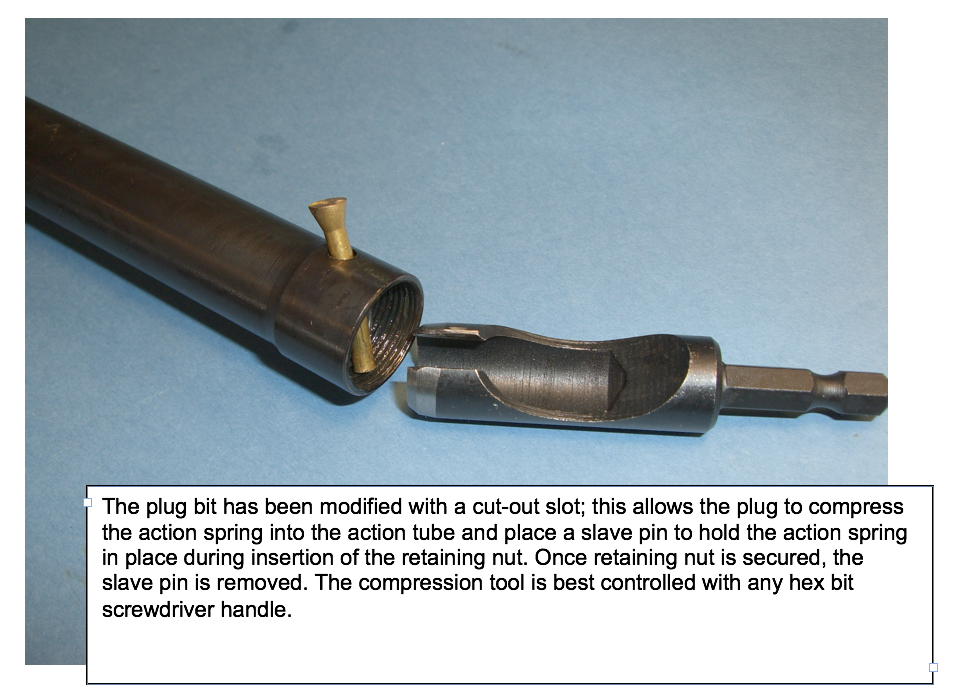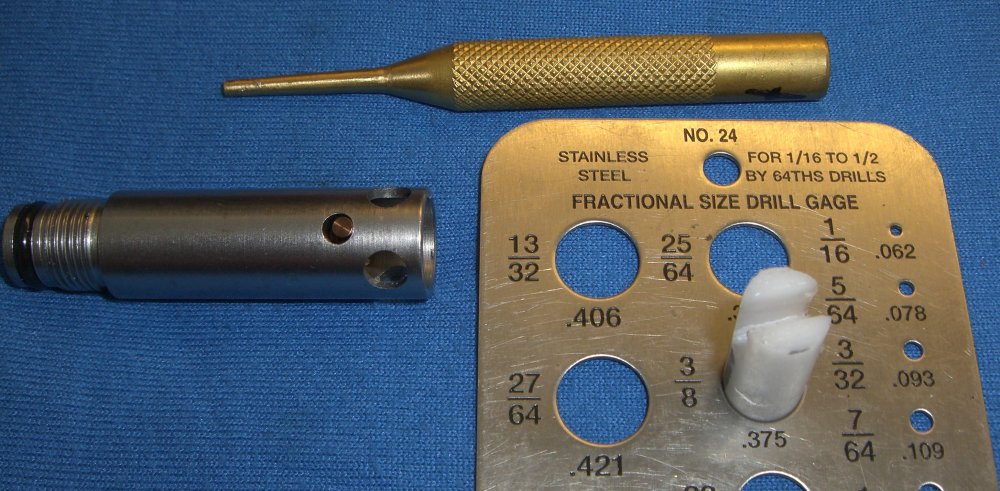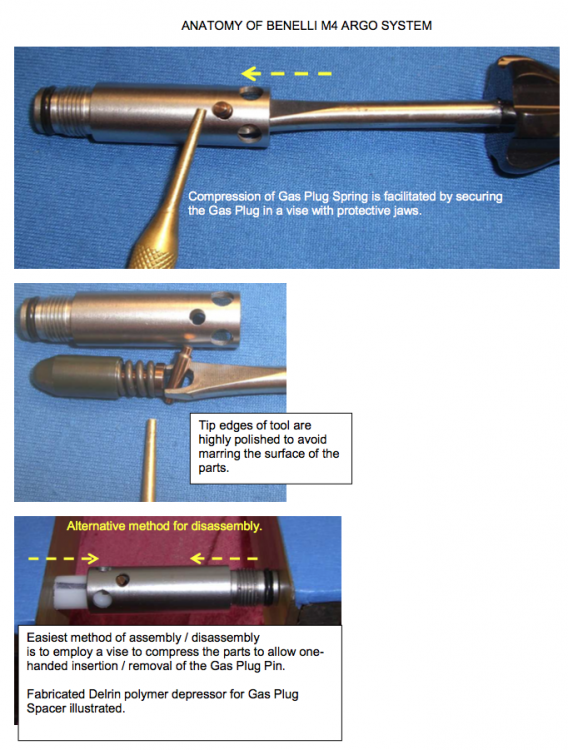Leaderboard
Popular Content
Showing content with the highest reputation on 01/03/21 in all areas
-
As StrangerDanger posted. It’s a general rule of thumb. Not sure it’s the perfect idea, but it’s worked for me. I would guess I applied about 25 inch pounds, I’d you need a number. And that is with the thread locker, if threads were dry, torque would be about 10% higher. A torque spec chart I have lists 2.48 n*m for that size fastener. that works out to be 21.9 inch pounds2 points
-
2 points
-
I don't even pull them when plating. They just plate right over them. The only reason I have had to remove them is when we used to get 3 position receiver extensions that didn't have any internal parts. So taking one out of the neutered model was difficult.1 point
-
1 point
-
25 inlbs felt about right. I could feel the force it took to remove them because I goofed and had the light mounted on the wrong side. I've been doing the decreasing thing. I have acetone but I've been using alcohol lately on fasteners. Also used the loctite 243. 36 inlbs for the IWC mount felt right at the upper end of the torque limit. The IWC instructions call for a max of 40 inlbs but I figured I'd back it down a bit since I used loctite. I've used the sharpie trick on a couple of rifles. Silver/Gold depending on the color of your work piece. I replaced the screws in one rifle so I wanted to monitor them just in case.1 point
-
SD- I fabricated a couple of simple tools that make installation / removal of the threaded plug a controlled situation for me. After removal of the retaining clip I use a twin lug screw driver fitted to the plug mortises. For installation I use a cut away hollow punch to compress the spring into position, capture it with a slave pin / punch, allowing plenty of room to get the threaded plug into position. Agree about removing the spring, as it will be trash from the heat.1 point
-
No helicoils present. Ifyou degrease the screws and threads with acetone, the Loctite will perform better. For steel to aluminum, you’d want blueLoctite 243. There are several different number grades for each color Loctite. Each is blended for a specific application. Would regular old 242 work? Sure. You can use a silver Sharpie to mark your screws to give a visual indicator to check if a screw is backing out. Just mark part of the screw so that the marker applies ink to the body of the mount as well. If you see the strip out of alignment, you’ll know it’s moving and needs attention.1 point
-
That's what I was initially thinking. 25 inlbs no more than 30. However, I felt 30 was pushing it with the aluminum light body. I don't think there are heli-coils in there. If anyone has ever had an older Aimpoint Micro you know the concern.1 point
-
Welcome to the forum! Here is a tutorial that StrangerDanger posted awhile back on receiver removal. I have an M4 with removable chokes so not totally sure on the slug question but someone else should chime in soon.1 point
-
TY sir. That gives me a point of measurement. I plan on using the thread locker as well.1 point
-
How much is everyone tightening the IWC screws to these light bodies? I don't want to strip the aluminum threads in the body. I know most go by hand but I historically have a bad habit of over tightening stuff. So I've been known to get obsessed with torque specs or at least a ballpark number etc.1 point
-
I agree with SD; years ago I fabricated a hand tool that would compress the spring while securing the piston with protecting vise jaw inserts. A simple 3/8" diameter Delrin rod relieved to fit about the retaining pin compressed in a vise allows the retaining pin to be simply removed with a punch tool as all the spring tension has been withdrawn from the pin.1 point
This leaderboard is set to New York/GMT-04:00







